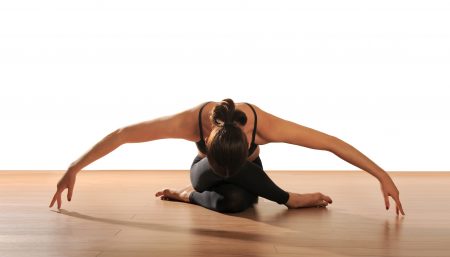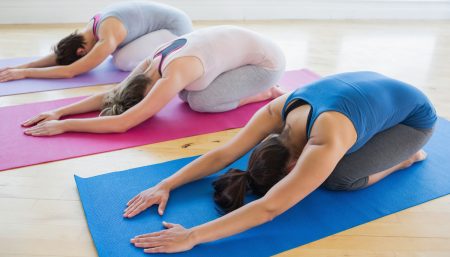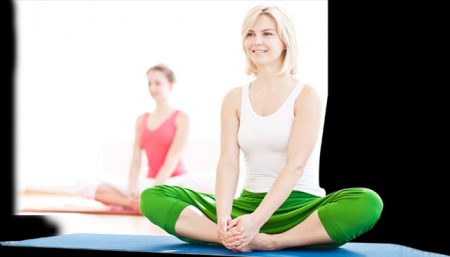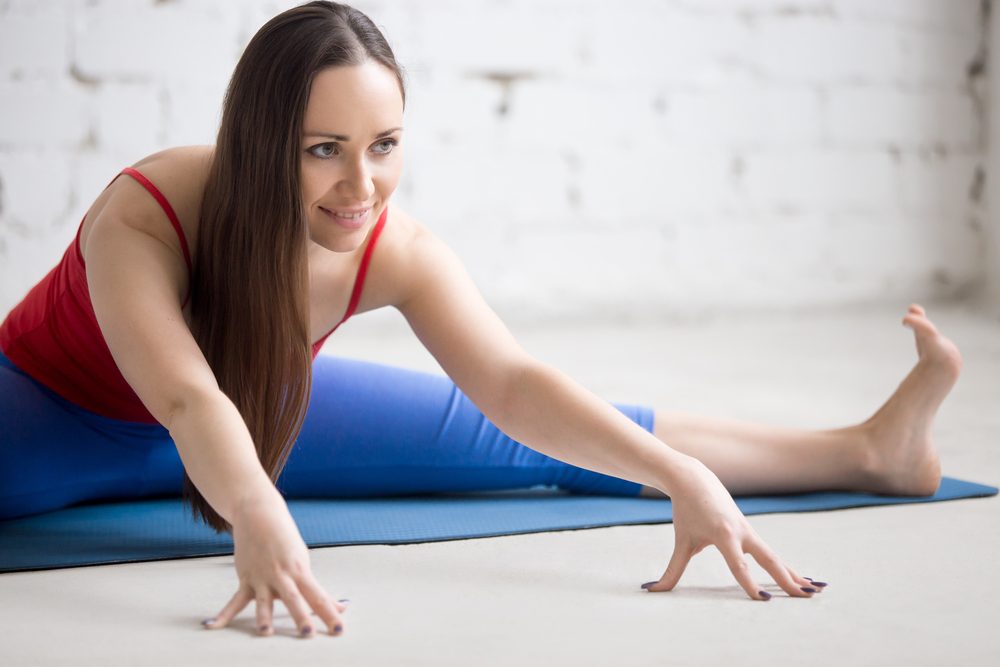
The practice of yoga can be a rewarding physical, mental, and spiritual journey. Yoga can be your weekly amazing workout. It can be your daily de-stressor at the end of a busy day and offer you a deep connection to your body that may change your life.
Autumn is a GREAT time for Yin yoga and some restorative practices. It is based on the Taoist concepts of yin and yang, opposite and complementary principles in nature. If there’s a lot of variety in your current practice, consider settling into a stable routine through the autumn and start to vary it a little towards the end of winter. If you’ve got a home practice going, try adding forward bends, standing poses, and some balance poses into the mix.
Shifting From Summer (Pitta season) to Autumn (Vata season)
| Summer Yoga is: Cooling, Calming, moderate, easeful | Autumn Yoga: Grounding, Strengthening, calming, routine, warming |
| Instead of … | Start doing .. |
| Cooling | Warming, in a comfortable environment, with focused, warming breath |
| Calming through open expansiveness | Calming through focused steadiness |
| Easing structure of practice, Cultivaing softness | Cultivating routine + structure in practice. Cultivating stillness |
| Finding Lightness, spaciousness | Grounding, Increasing Strength |
Yin yoga
- A slow-paced style of yoga with postures, or asanas, that are held for longer periods of time—for beginners, it may range from 45 seconds to two minutes; more advanced practitioners may stay in one asana for five minutes or more.
- The poses mainly work the lower part of the body—the hips, pelvis, inner thighs, lower spine – areas that are especially rich in connective tissues. Traditionally, Yin Yoga works the area from the navel to the knees because as we age it is this area that tightens up the most.
- The poses apply moderate stress to the connective tissues of the body—the tendons, fascia, and ligaments—with the aim of increasing circulation in the joints and improving flexibility.
- Aims at cultivating awareness of inner silence, and bringing to light a universal, interconnecting quality.
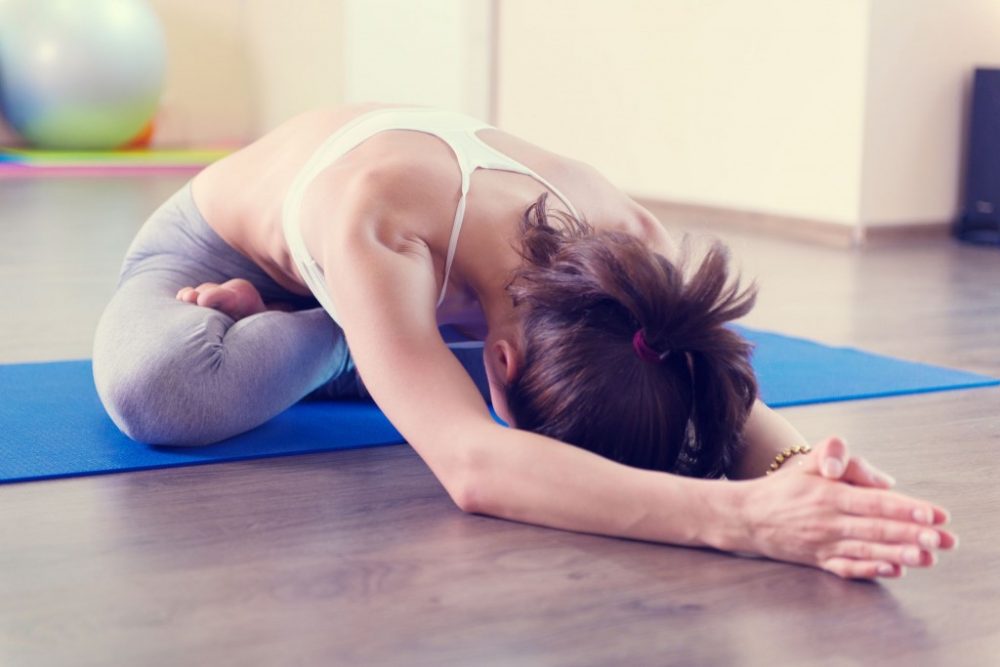
Key Benefits of a Regular Yin Yoga Practice
- Stillness: calms and balances the mind and body
- Stress and anxiety reduction
- Increased circulation
- Improved flexibility
- Fascial release
- Greater joint mobility
- Balance to the internal organs and improved flow of chi or prana through meridian stimulation
Yin Asanas include, Anahatasana, Ankle Stretch, Bananasana, Butterfly, Half butterfly, Camel, Cat pulling its Tail, Caterpillar, Child’s Pose, Dangling, Deer, Dragons, Frog, Happy Baby, Reclining Twists, Saddle, Shavasana, Shoelace, Snail, Sphinx and Seal, Square, Squat, Straddle (aka Dragonfly), Swan & Sleeping Swan, Toe Squat
Note: This style of yoga does not generate bodily heat, yin teachers recommend keeping the temperature of the room a little higher than usual. During yin asanas, muscles are relaxed to avoid tetany, or muscle spasm, which could result from engaging muscles for long periods.
Disclaimer
The Content is not intended to be a substitute for professional medical advice, diagnosis, or treatment. Always seek the advice of your physician or other qualified health provider with any questions you may have regarding a medical condition.
